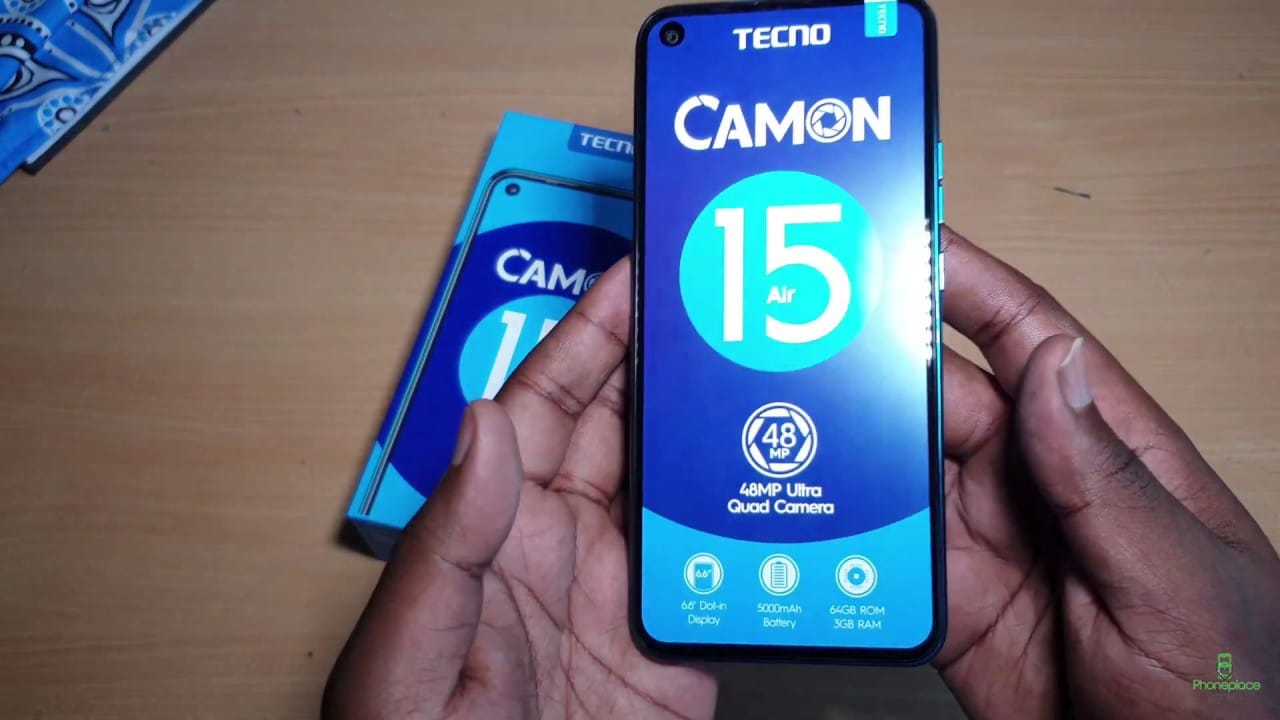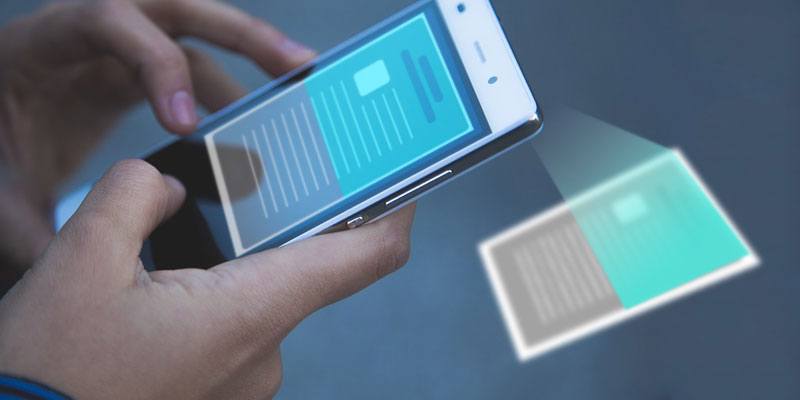The sudden enforcement of quarantine has disrupted our daily routines. Not only professionals but also industries had to resort to digital alternatives for their business.
Be it mobile games like the free spins coin master or video conferencing apps; small technology is helping to make life more manageable during the quarantine.
1. Cloud Storage Solutions
Researchers are now pooling data resources and investigating prevalent data to find a cure for pandemic inducing germs. File sharing and cloud storage portals are now in vogue.
Google Drive and other cloud computing services are allowing a speedy exchange of information.
2. Digital Education and Work from Home
The Covid-19 pandemic has forced an unexpected lockdown of the educational institutions to avoid contagion.
The small group technology in the form of video conferencing platforms such as Zoom and Google Meet has revolutionized education and business alike. Online classes and web seminars are new modes of learning.
Similarly, important business meetings are conducted virtually. These trends save commute time and are beneficial to social distancing.
3. Remote Diagnosis of Patients
We are predicting that remote sensing of diseases will be the latest small technology decision to revolutionize the world.
Since regular health check ups are not possible for the pandemic-induced crisis, doctors are communicating with patients digitally. With the help of remote monitoring over digital platforms, doctors can cater to patients more efficiently.
Infrared temperature guns and smartwatches that monitor biometric signals like blood pressure are the small new technology devices being used for the detection of ailments.
4. Providing Digital Training In-Field
In developing and underdeveloped countries, small technology is being used for the widespread training of community health workers.
In remote areas, where skilled health officials are scarce, using digitized training modules for emergency management has become popular. New methods are constantly updated, and anybody can access these free over the Internet.
On-spot medical training through interactive videos ensures that an infected population can take care of themselves in the future.
5. Surveillance of Pandemic-affected Zones
Surveillance through satellites can track data about the most-afflicted regions. Installation of closed-circuit cameras at a central location to monitor potentially infected persons will also be beneficial.
Smart imaging is being deployed by some countries to detect persons with unusually high body temperature or inadequately protected against infection.
6. Implementing Quarantine in Makeshift Homes
Small house technology can be particularly beneficial in enforcing the isolation of patients. Through 3D printing, start-ups are creating small isolation modules for containment and testing of virus-infected people.
Since these have no foundation, they can be transported anywhere, installed at the desired location, and recycled after use. Diagnostic testing has become easier.
Using online Payment Modes
Countries are advocating cashless transactions as currency can spread viruses rapidly through human contact. Digital payment is a recent small technology innovation designed to facilitate the no-contact exchange of money.
E-commerce has particularly facilitated the drive towards a cashless society, as shopping websites provide rewards for online payments through affiliated applications.
7. More Usage of IoT
While digitized dispensing of services is the new solution to avoid human contact, it is necessary to ensure connectivity with smart devices too. Since people are isolated in their residences, having smart homes will help avoid crises and make life easier.
A smart security system will keep homeowners alert while smart refrigerators will be programmed to store and order supplies accordingly.
8. Mobile Apps
As home quarantine becomes normal, the consumption of mobile technology has increased. The decrease in human contact has also forced consumers to subscribe to online entertainment on streaming platforms like Netflix and Spotify.
Users have informed that the COVID-19 pandemic has made small technology gifts more relevant. Worried that you won’t be able to celebrate your loved one’s birthday this year.
Send them a subscription voucher for a streaming service application of your choice.
9. Transporting Supplies Through Drones
Are you wondering how small technology can get? Drones will amaze you even further. When minimizing human contact is the need of the hour, supplies of basic resources will be affected the most.
Hence, drones are deployed to deliver essential items such as foodstuffs, medicines, and test kits to quarantined zones. In essence, these small technology ideas are expected to help instil some stability in times of worldwide epidemics.
However, we should use them as efficiently and transparently as possible to avoid breaching our rights. Are you ready to put a brave step forward post-pandemic? Good luck and let us know.
Author Bio:
Ellen Royce is a passionate tech-enthusiast. Her undying love for tech is always inspired by the urge to make the world a better place. During her free time, she loves sipping coffee while researching her next project. She also makes time to talk to schoolchildren about how technologies are vital in the present and the future.









